Attaching rafters to the main support beam is a crucial step in constructing the roof framing of your home. While it may seem intimidating, taking your time to measure carefully and follow a few best practices will ensure a solid foundational structure that will stand the test of time.
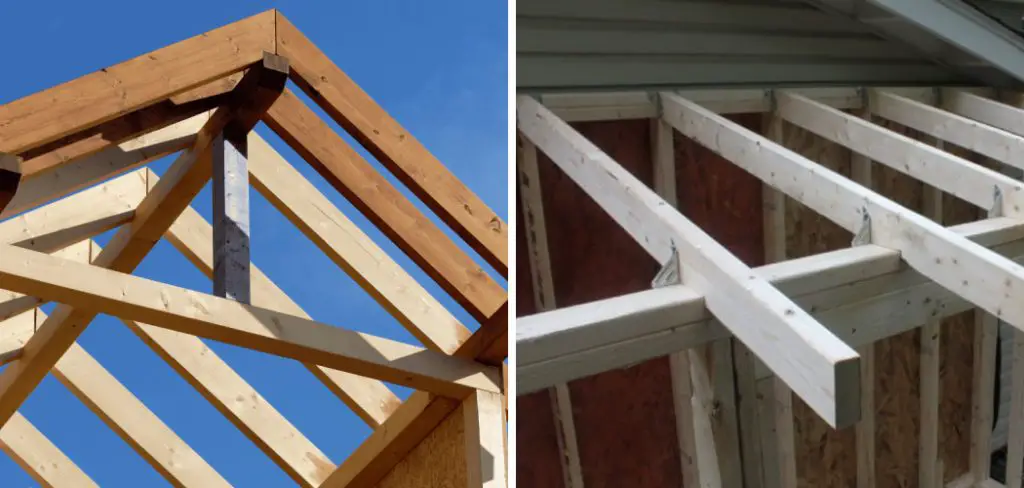
In this post on how to attach rafters to beamI will walk through the step-by-step process for attaching rafters to the beam at the top of an exterior wall, as well as provide tips on layout, tools needed, installation techniques and safety considerations. Whether you’re a seasoned pro or just starting out with your first roofing project, following these guidelines will set you up for success in completing this important structural aspect of your home’s framing.
Things to Consider Before Attaching Rafters to Beam
- First and Foremost, Ensure That the Main Support Beam is Properly Sized and Installed According to Local Building Codes. The Size, Shape and Material of the Beam May Vary Depending on Factors Such as Roof Load, Span Distance and Overall Design.
- Next, Determine the Layout of Your Rafters Based on Your Specific Roofing Plan. This Will Include Determining the Rafter Spacing, Angle and Length.
- Take Time to Gather and Set Out All Necessary Tools and Materials Before Beginning the Installation Process. This Will Save You Time and Energy in the Long Run.
- Lastly, Ensure That You Have Appropriate Safety Equipment on Hand, Such as a Sturdy Ladder
11 Step-by-step Guides on How to Attach Rafters to Beam
Step 1: Prepare the Work Area
Begin by ensuring you have a clean, flat and stable work surface to lay out your tools and materials. This will make measuring and cutting easier. You may also want to use sawhorses for additional support. But ensure they are set up on stable ground. It is also recommended to have someone assist you during this process. The extra set of hands will be helpful, especially when lifting and securing heavy rafters.
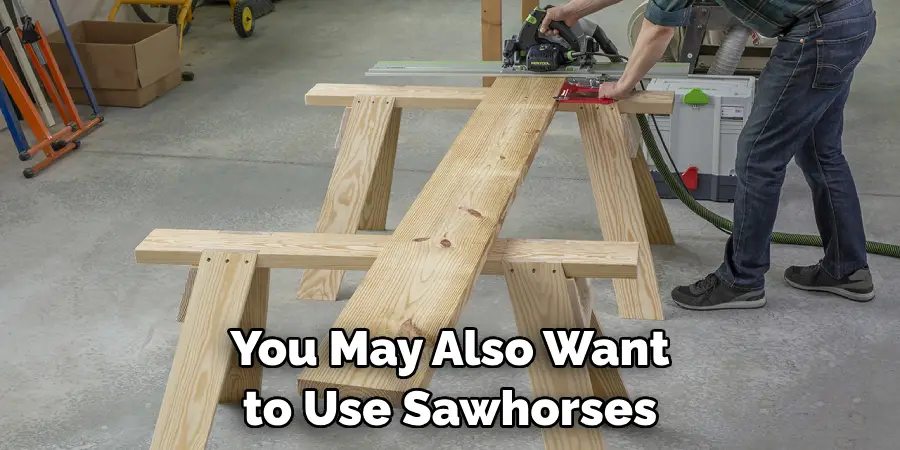
Step 2: Measure and Mark the Placement of Your Rafters
Use a measuring tape to determine the spacing of your rafters along the main support beam. Mark this distance using a pencil, starting from one end of the beam and working your way across. It is recommended to leave a minimum of 16 inches between each rafter. This will ensure adequate support for your roof. It is also helpful to mark the angle of each rafter on the top of the main support beam, using a framing square.
Step 3: Determine the Angle of Your Rafters
Using a framing square or trigonometry, determine the angle (pitch) at which the rafters will be placed. This will depend on your roof pitch and other structural considerations. But typically angles range from 18 to 45 degrees. You can also use a speed square or angle finder to help determine the correct angle. It is crucial to ensure the angle of each rafter is consistent for a level and stable roof.
Step 4: Cut Your Rafters
Using a circular saw, carefully cut along your marked angles on each rafter. Take time to check your measurements and adjust if necessary. It is recommended to include an additional 3 inches in length for overhang purposes. This will help ensure proper water runoff from the roof. It is also a good idea to label each rafter according to its placement, so you can easily match them up during the installation process.
Step 5: Install Brackets or Hangers
There are various types of connectors that can be used to secure rafters to the main support beam. Common types include joint hangers, hurricane ties, and roofing brackets. These connectors help ensure a secure and level installation for your rafters. The type of connector used will depend on the design and material of your main support beam.
Step 6: Position the First Rafter
With the help of an assistant, lift the first rafter into place, aligning it with your marks made on the main supply beam. Ensure it is positioned at the correct angle as determined in step 3. It is recommended to use clamps or braces to hold the rafter in place while you secure it to the beam. But ensure the rafter is flush against the beam before securing.
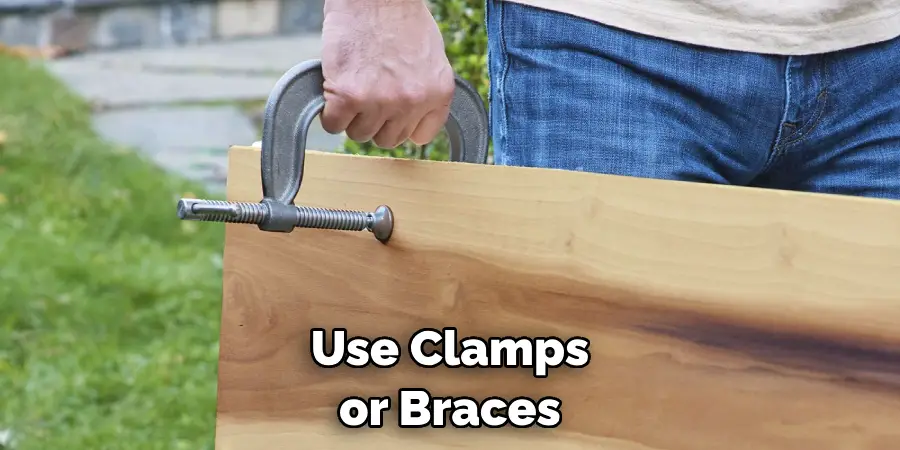
Step 7: Secure the First Rafter
Using a nail gun or hammer, secure the rafter to the main support beam using appropriate connectors. Follow the manufacturer’s instructions for proper installation techniques and nail placement. It is recommended to use two nails per connection point for added stability. Although, this may vary based on the size and angle of your rafters. But be sure to avoid over-nailing, as this can weaken the connection.
Step 8: Repeat Steps 6 and 7
Continue the process of lifting, aligning, and securing each rafter until all rafters have been installed. Ensure that each rafter is properly connected to the main support beam and positioned at the correct angle. It is recommended to double-check your work as you go along, making any necessary adjustments. You may also want to install temporary bracing between rafters for added stability.
Step 9: Install Collar Ties (Optional)
If your roof design requires collar ties for added support, now is the time to install them. These ties run across the underside of your rafters, providing additional structural support and stability for the roof. They can be attached using hangers or angled brackets. This step should only be completed if your design requires it.
Step 10: Add Purlins (Optional)
Purlins are horizontal beams that connect between rafters, externally supporting the roof. They are typically used in longer-span roofs or those with heavy loads. If your design requires purlins, install them now using appropriate connectors and spacing. You may also want to install additional support brackets at the ends of each purlin for extra stability.
Step 11: Finish Off with Braces
Once all rafters, ties and purlins (if necessary) have been installed, you can add additional bracing for added stability. This can be done using temporary struts or blocking between rafters. These will help prevent sagging and ensure a strong, level roof frame. Always ensure the braces are securely attached and properly spaced for optimal support. You can also add roofing felt or sheathing over the top of your rafters for added protection.
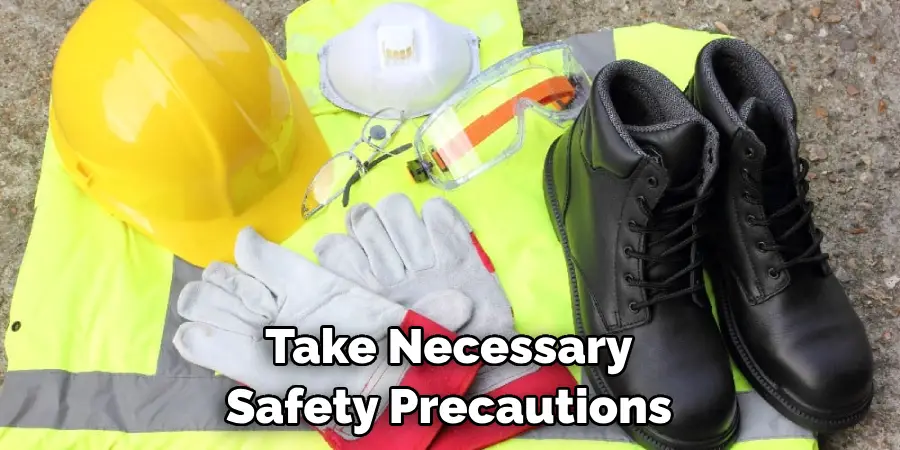
Following these steps on how to attach rafters to beam will help you attach rafters to a main support beam safely and efficiently. Remember to always follow the manufacturer’s instructions and take necessary safety precautions when working with power tools. With proper installation, your roof structure will provide sturdy protection for your home for years to come.
Do You Need to Get Help From a Professional?
If you are unsure about your ability to safely and correctly attach rafters to a beam, it is always best to seek the help of a professional contractor. They have the knowledge, experience, and tools needed for a successful rafter installation.
This will ensure that your roof structure is strong, stable, and built to last. Additionally, a professional can also help with any necessary adjustments or modifications based on your specific roof design.
So if you are in doubt, don’t hesitate to reach out for expert assistance. Overall, proper installation of rafters is crucial for the structural integrity of your roof and the safety of your home. By following these steps and seeking professional help when needed, you can confidently attach rafters to a beam and create a strong, reliable roof for your home.
Frequently Asked Questions
Q: How Far Apart Should Rafters Be Placed?
A: It is recommended to leave a minimum of 16 inches between each rafter for adequate support. However, the spacing may vary depending on the design and type of roof.
Q: How Many Nails Should I Use to Secure a Rafter?
A: The number of nails needed will depend on the size and angle of your rafters. It is recommended to use two nails per connection point for added stability.
Q: Do I Need Collar Ties for My Roof?
A: Collar ties are not always necessary, but they can provide added support and stability for certain roof designs. Consult with a professional or follow the guidelines in your building plans to determine if collar ties are needed for your roof.
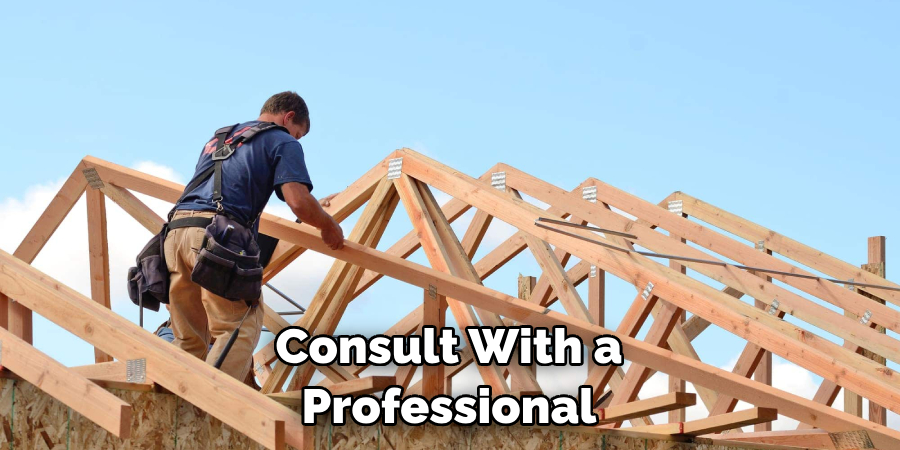
Q: Can I Install Rafters on My Own?
A: While it is possible to install rafters on your own, it is recommended to have an experienced professional assist you. This will ensure proper installation and prevent any potential safety hazards. If you are not confident in your abilities, it is best to hire a professional contractor for the job. Remember, safety should always be a top priority when working on any construction project.
Conclusion
In conclusion on how to attach rafters to beam, attaching rafters to a beam is an essential aspect of building a sturdy and reliable structure. By following the steps outlined in this blog post, you can ensure that your rafters are firmly secured to the beam and will provide adequate support for your roof. Remember to use high-quality materials and double-check your measurements before starting the installation process.
Don’t be afraid to consult with a professional if needed, as proper attachment of rafters is crucial for the safety and durability of any building.
Now that you have mastered this important skill, be sure to share your knowledge with others and inspire them to embark on their own DIY construction projects. With patience, attention to detail, and these helpful tips, you can successfully attach rafters to a beam and create a solid foundation for any structure you build.
So go ahead, grab your tools and get started! Your next building project awaits – let’s see what amazing creations you can bring to life!
